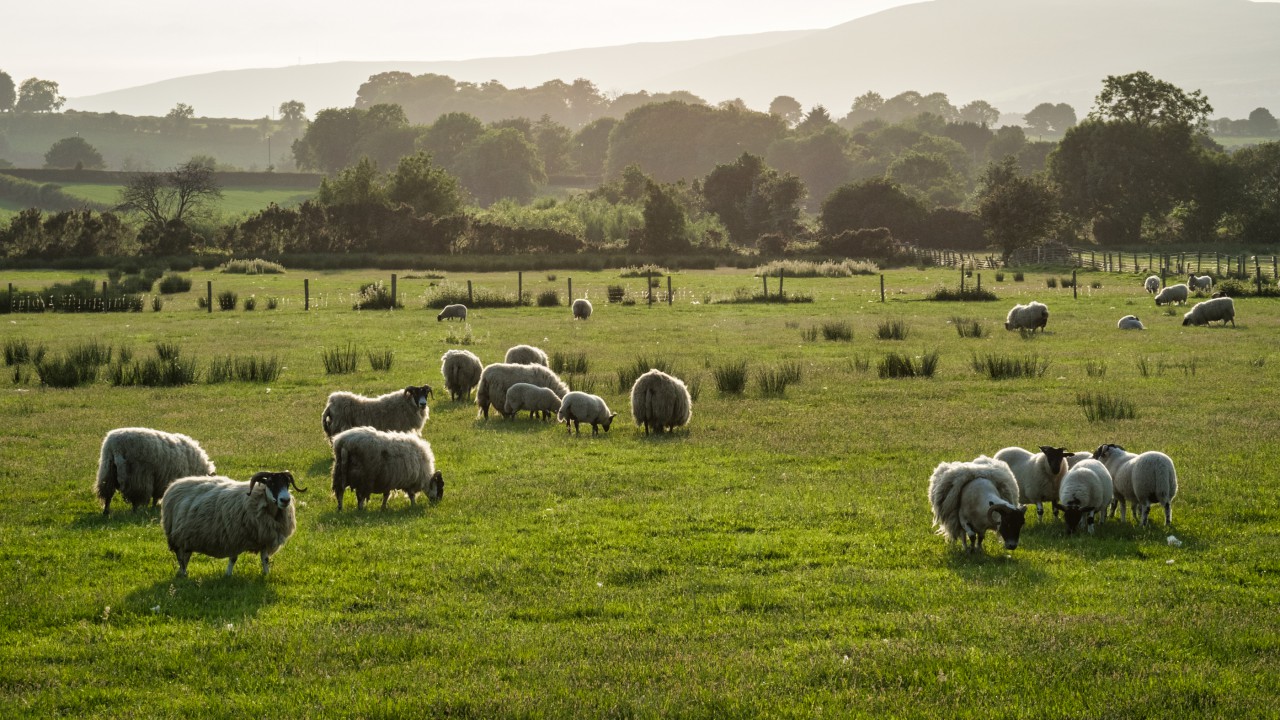Ruminant Health & Welfare (RH&W) has announced the results to its nationwide ’grassroots’ survey of farmers, stock people and vets, on priority livestock diseases and syndromes.
The results suggest that lameness-related problems and endemic infectious disease continue to be key issues eroding the efficiency of production, and compromising the wellbeing of both the cattle and sheep industry, indicating where a step-change in progress is needed to tackle these conditions.
The sheep disease priorities underline the real threat that common conditions pose to flock health and welfare, in particular the pressures of parasitic disease and lameness.
“Perhaps it is not surprising that foot rot scores so highly; nobody can doubt the corrosive impact on body condition and welfare,” said Nigel Miller, chair of RH&W.
There is also the indirect ripple effect which threatens the performance and, at times, the survival of lambs from affected ewes.
Contagious Ovine Digital Dermatitis (CODD) also scores highly. “This emphasises the severity of the condition and it may indicate its increasing reach into the national flock,” said Miller.
Threats to cattle
On the cattle side, survey scores confirm both digital dermatitis and Johne’s disease as major threats across sectors.
Miller continued:
Infectious Bovine Rhinotracheitis [IBR] and Bovine Viral Diarrhoea [BVD] also rank highly, even though extreme IBR outbreaks appear to be less common and the threat of BVD has subsided due to eradication progress across the four nations.
“The priority status of viral pneumonia is interesting and pinpoints a recurring threat on many holdings,” he adds.
“At a time when vaccination programmes are at the centre of the health management debate, this may increase interest in that proactive approach.”
The survey, which gained over 600 responses from those at the ‘grassroots’ of the industry, aimed to establish the disease, health and welfare priorities of those who work hands-on with sheep and cattle.
Miller concluded:
These results are some of the first that truly take into account those at the coalface of farming, who deal with these diseases and conditions on a daily basis.
“We will now take these results forward to a workshop where priorities will be discussed, existing interventions established and gaps identified where RH&W could facilitate or speed progress and overcome barriers.”

